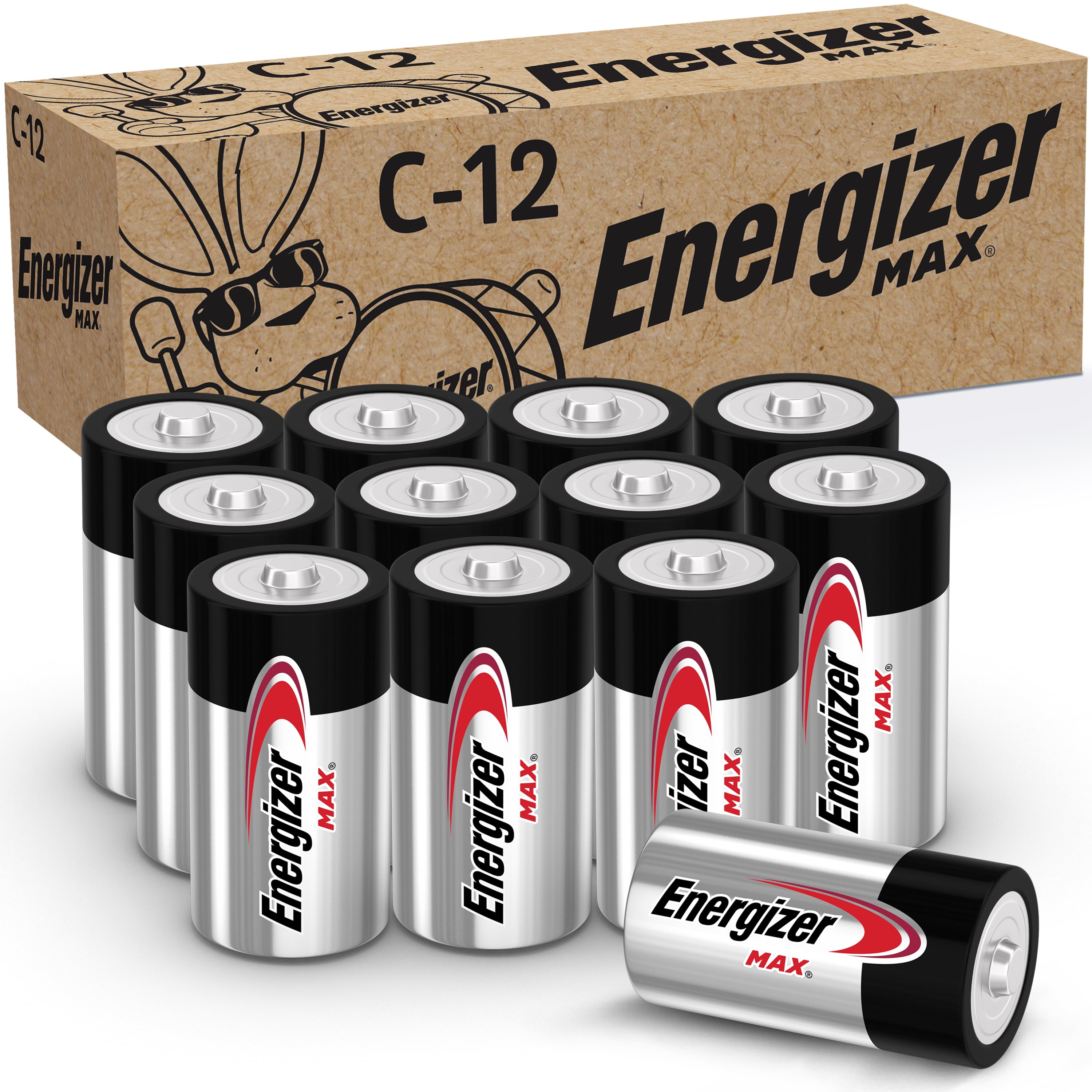
This means that if you were running a toy that drew about 200 mA. if it has a 2000mAh capacity, that means that it can support a load of 2000 mA for 1 hour. Why? Because the CAPACITY of the failed battery has diminished. one will spin niely and the other will fail. you could have two batteries that read with an identical reading of voltage. Testing a battery with a multimeter will only tell you what the voltage of an UNLOADED cell is. I'd like to offer a few corrections, additions, and pointers. If you know something I don't, I'd be happy to have you educate me.

I just wanted to help out by telling you that from here it looks like there might be another problem lurking.

I won't pretend that I can tell you what else could have been at fault for the "stuck on" condition, or even that I know for certain it wasn't just as you said. Lack of power should result in a unit that fails to turn on. The thing that bugs me more is thatit's usually a closed circuit that turns a unit on. The thermostat's power just has to decide to close a little circuit on its board, which doesn't usually take much juice. Although electronic thermostats do (usually, anyway) rely on their own power source to run their internals (including a switch that determines whether the furnace will be told to run), the actual messenger that switches it on is typically a ~5V line which is supplied by a transformer in the furnace. There are two things that seem unusual to me, and here's what I can tell you.
#1.5 volt battery c pro
I am not an HVAC pro or guru my observations are not definitive. Although it appeared a "low battery" was your problem, it could be that the fresh battery, (or the some aspect of the battery change) just masked or reset a different problem. But in case you're not too familiar with HVAC and are just guessing, I want to give you a heads-up that the problem could be something else and you may want to be on the lookout. I don't mean to insult your intelligence, and if you know your stuff and are certain about what happened, please forgive me. But I have to say that something seems amiss here. Obviously I haven't personally examined your home climate control system, so I'd be a fool to spout off and tell you there's been a mistake. This is not a totally foolproof way to check cells, and you are certainly right to advise folks to be thoughtful and prudent about where they put their faith.
#1.5 volt battery c how to
Instructions on how to use a multimeter are out of scope of this Instructable, you can find some information here: I will attach some pictures of measurements in action. Try to use batteries that have same amount of energy stored in them.Īnother tip: I sort my batteries according to Voltages, 1.35+ Good, 1.2V-1.3V Ok (but almost out), 1V-1.2V Discard. Tip : do not use old and new batteries in the same device at the same time. Otherwise, properly discard of the battery. If the reading is more than 1.3V for alkaline battery (not rechargeable battery) then the battery still has some juice left in it, don't throw it away. Notice the voltage reading on the voltmeter. With the battery in front of you, put the red probe to battery's nipple (+) and the black probe to the battery's flat side (-). To test the battery, turn on your voltmeter, put the voltmeter on DCV and make sure that it is far above the battery voltage, on most voltmeters there is a setting "20" in the DCV area, so switch your voltmeter to that setting. The proper voltage for AA/AAA NiCd/NiMh rechargeable battery is 1.25 Volts The proper voltage for AA/AAA alkaline battery is 1.5V This electronics tip has to deal with checking common alkaline AA/AAA batteries or AA/AAA rechargeable batteries for proper voltage with a voltmeter.ĭisclaimer : some people might say that a battery should always be tested under load but I have found that in most common household applications this is insignificant and will not change the results of the testing too much. If we don't know how to check a battery we might throw out a perfectly fine battery (especially when we have a pile of them somewhere in the drawer).

We all run into a situation when batteries in our remotes, toys, keyboards/mice run out.


 0 kommentar(er)
0 kommentar(er)
